calsfoundation@cals.org
Gentry (Benton County)
| Latitude and Longitude: | 36°15’47″N 094°29’06″W |
| Elevation: | 1,217 feet |
| Area: | 5.17 square miles (2020 Census) |
| Population: | 3,790 (2020 Census) |
| Incorporation Date: | July 9, 1898 |
Historical Population as per the U.S. Census:
|
1810 |
1820 |
1830 |
1840 |
1850 |
1860 |
1870 |
1880 |
1890 |
1900 |
|
– |
– |
– |
– |
– |
– |
– |
– |
– |
419 |
|
1910 |
1920 |
1930 |
1940 |
1950 |
1960 |
1970 |
1980 |
1990 |
2000 |
|
668 |
724 |
779 |
726 |
729 |
686 |
1,022 |
1,468 |
1,726 |
2,165 |
|
2010 |
2020 |
|
|
|
|
|
|
|
|
|
3,158 |
3,790 |
|
|
|
|
|
|
|
The city of Gentry, located in Benton County, was created in 1894 along the line of what eventually became the Kansas City Southern Railroad (KCS), established by Arthur E. Stilwell and designed to connect Kansas City, Missouri, with Port Arthur, Texas. At the time, the area was undergoing an economic boom due to the cultivation of orchard fruits, primarily apples, and the railroad connection made Gentry an important shipping point for fruit; the town was even called Orchard at one point. The post office opened on May 21, 1894. A newspaper, the Gentry Journal, began printing in 1894, though it was soon renamed the Journal-Advance. The city formally incorporated on July 9, 1898, named for the president of the railroad. The first mayor was Daniel W. Feemster.
By 1897, the city had a subscription high school. Hendrix College opened a preparatory academy in 1898, but it closed in 1907 due to a lack of students. The academy building was later acquired by the city and used for a public high school. In 1905, the Seventh-Day Adventist church opened a school that, in 1939, became a four-year academy; as of 2010, it operates as Ozark Adventist Academy.
The State Bank of Gentry opened in 1901, and the Gentry Canning Factory was established the following year. A number of canning and evaporating facilities eventually serviced the city, but Gentry was also a local hub for the timber industry. Roush Lumber Company opened in 1903; it exists as of 2010 as Parks Lumber. Among the many businesses operating in the city was the Elberta Hotel, rated by some as one of the best hotels in Arkansas at the time. The KCS depot was replaced by a newer one that opened on February 15, 1927. However, the Arkansas apple industry was already in decline, and those businesses reliant upon the crop soon closed up shop.
From its earliest days, the city of Gentry was a “sundown town,” a place where white people forbade African Americans from living. The November 29, 1901, issue of the Journal-Advance published an editorial noting that Gentry “has not a solitary negro inhabitant,” adding that any black population would be “a nuisance”: “We are certainly thankful that the dusky denizens have always given our town the go by.”
Arkansas Highway 59 was built through Gentry in 1937. A fire on August 8, 1946, destroyed a number of buildings on West Main St. in downtown Gentry. Passenger service on the railroad was discontinued in 1964, and the depot was torn down soon thereafter. The Rural Fire Association and the Gentry Fire Department merged in September 1969. The library opened in the fall of 1975 in the old fire house.
Chicken hatcheries operated in and around Gentry starting in the 1920s. As the poultry industry grew in northwest Arkansas, so too did the local hatchery business. Ralston Purina Company established a hatchery in Gentry in 1965; Cargill, Inc., later purchased it. Tufco Flooring, a leader in industrial flooring, opened in Gentry in the 1960s. Gentry Medical Center opened on November 16, 1964. The following decade, Southwestern Electric Power Company (SWEPCO) built a coal-fired generating plant at Gentry. McKee Baking Company (now McKee Foods Corporation) opened a manufacturing facility in 1983. As of 2010, it is the city’s largest employer.
In the late twentieth and early twenty-first centuries, Gentry has followed the pattern of other northwestern Arkansas communities, becoming home to an increasingly diverse population, despite its past as a sundown town. The expansion of the poultry industry fueled Latino immigration into northwest Arkansas, including Gentry, the population of which was about twelve percent Latino according to the 2010 census. An influx of Hindus into northwest Arkansas, due to the expansion of operations at Walmart Inc.’s headquarters in nearby Bentonville (Benton County), led to the opening of a Hindu prayer center in Gentry in November 2005. Four years later, the center was relocated to a site near Bentonville.
Attractions
In the 1950s, Ross and Freda Wilmoth opened Wild Wilderness Drive-Through Safari on their 1,000-acre farm, two and one-half miles west of Gentry. The safari portion consists of a four-mile drive-through area featuring animals from across the globe, including tigers, kangaroos, and buffalo. Gentry is also home to several properties on the National Register of Historic Places, including the 1897 Mitchell-Ward House and the 1904 Bank of Gentry building. Gentry is also home to one of three Grand Army of the Republic monuments in the state, also listed on the National Register of Historic Places. SWEPCO Lake, near the power plant, is known in northwest Arkansas for fishing and bird-watching opportunities.
For additional information:
City of Gentry. http://www.gentryarkansas.us/ (accessed June 3, 2022).
Gentry, Arkansas: 100 Years and Beyond, 1894–1994. Gentry, AR: 1994.
Gentry Courier Journal Newspaper Archive. http://gentrycourierjournal.newspaperarchive.com/ (accessed June 3, 2022).
Staff of the CALS Encyclopedia of Arkansas
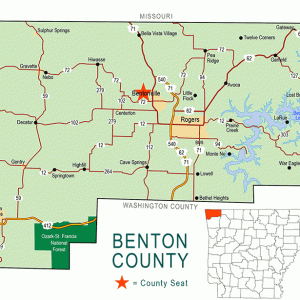 Benton County Map
Benton County Map  Carpenter Brothers Store
Carpenter Brothers Store 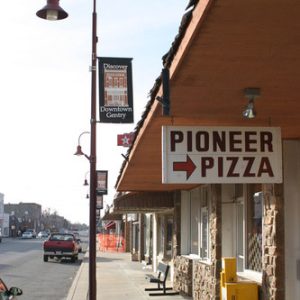 Gentry
Gentry 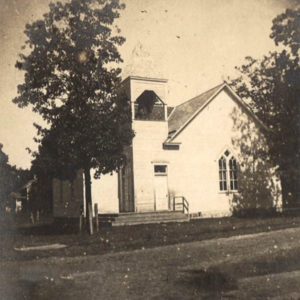 Gentry Church
Gentry Church  Gentry Depot
Gentry Depot 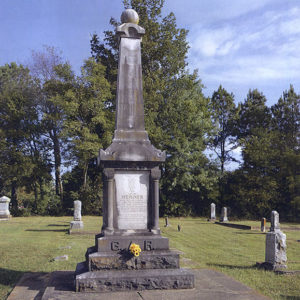 Gentry GAR Monument
Gentry GAR Monument 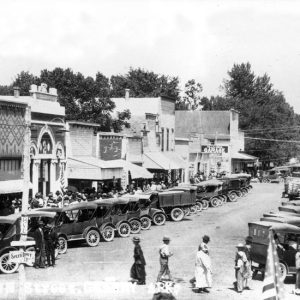 Gentry Main Street
Gentry Main Street 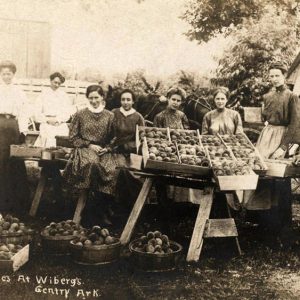 Gentry Peaches
Gentry Peaches 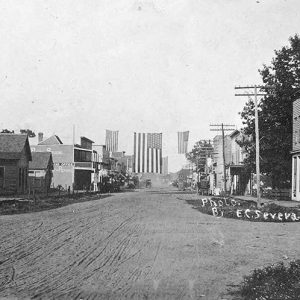 Gentry Street Scene
Gentry Street Scene 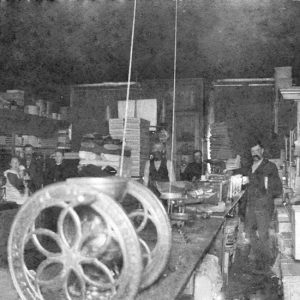 I. W. Carpenter Store
I. W. Carpenter Store 




Comments
No comments on this entry yet.